September 10th was a historic day for Oracle. After the company announced a profit report that far exceeded expectations, the stock of this 50-year-old software giant soared 36%. With more than 40% of the shares, Larry Ellison witnessed a miracle: his assets increased by 101 billion USD overnight, reaching the milestone of 393 billion USD and officially usurping the throne of Elon Musk (385 billion USD).
But the joy was short-lived. Just two days later, the second earthquake struck. Ellison’s fortune “evaporated” by $34 billion. Oracle’s risky AI bet seemed to have met with great doubt from the market, causing the stock to fluctuate. Meanwhile, Elon Musk regained the number one position with an increase of $35 billion in assets.
From a business perspective, Larry Ellison's story is a dramatic summary of the current technology world , where wealth is created and lost in the blink of an eye, and where the “AI bubble” is inflating to alarming levels.
Historic Bet: Oracle - From Quiet Old Man to AI Giant
To understand Ellison's leap and fall, one needs to look deeper into Oracle—the 50-year-old company that was once considered a laggard in the cloud era.
Oracle was founded in 1977 and is best known for its database products. For decades, the company has been a quiet pillar of many large businesses around the world, from banks to telecommunications to airlines. Despite its steady revenue, Oracle has been left out of the game as new giants like Amazon, Google, and Microsoft lead the cloud computing race.
However, under the brilliant leadership of Larry Ellison, a technology genius and a seasoned business strategist, Oracle began a powerful transformation. The company invested billions of dollars to build a giant network of data centers, ready for a new game, which is AI.
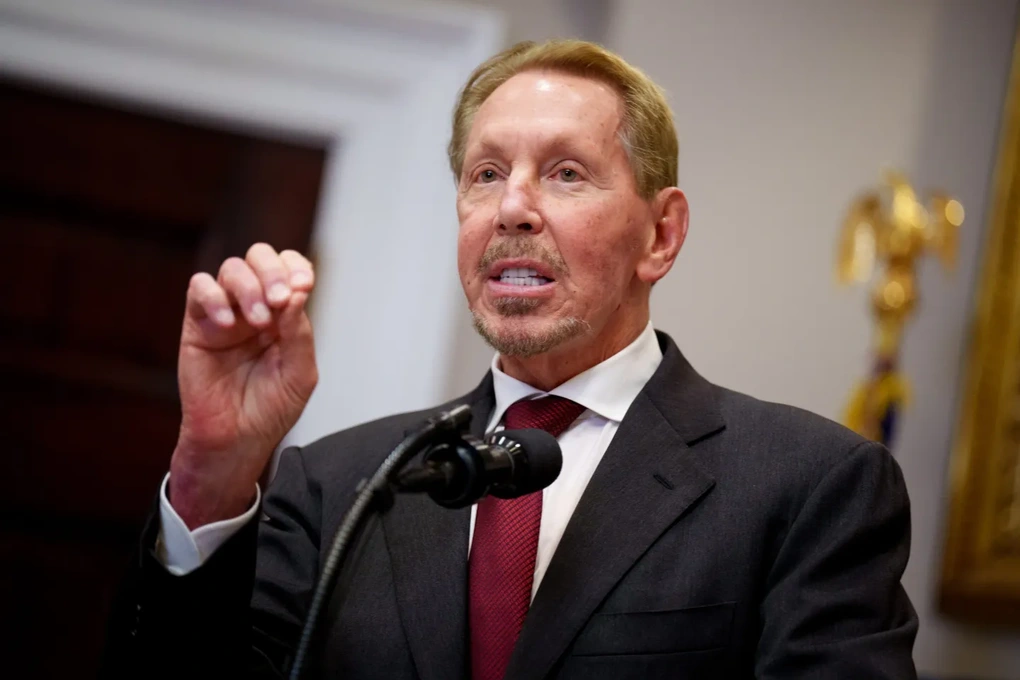
Larry Ellison, the 81-year-old co-founder of Oracle, surpassed Elon Musk to become the richest person on the planet, then lost $34 billion just two days later (Photo: Getty).
Ellison understands that complex AI models like ChatGPT require a huge amount of computing power, and this is Oracle's golden opportunity.
His bet seemed to pay off when Oracle signed a blockbuster $300 billion deal with OpenAI, a pioneer in the field of AI. This is considered one of the largest cloud computing deals in history. With this contract, Oracle suddenly went from being an “outsider” to an indispensable factor in the AI ecosystem.
This contract put Oracle in the "sights" of global investors, causing its stock to skyrocket, bringing Ellison to the pinnacle of fame.
The earthquake called “AI bubble”: Behind the million-dollar contract
Ellison’s $34 billion price drop was no accident. It stemmed from major doubts analysts had about the sustainability of the OpenAI deal.
Bradford DeLong, a respected economist , pointed out the following suspicious points:
Inadequate Value: OpenAI’s annual revenue of just $12 billion is a fraction of its $300 billion five-year commitment. This raises questions about whether OpenAI can deliver on its promise. They could delay, adjust, or even cancel the contract if the AI market doesn’t grow as expected.
Oracle’s Position: Despite its heavy investment in the cloud, Oracle is not yet considered a leading provider. Does it have the capacity to serve a “difficult” customer like OpenAI, with its huge and constantly changing computing power requirements?
Fears of an “AI bubble”: The AI market is growing rapidly. Many investors fear that this could be a new technology “bubble”, similar to the “dot-com bubble” of the early 21st century. If this “bubble” bursts, AI companies will be the first to be affected, dragging down partners like Oracle.
Ellison’s slide was a clear warning sign that the market was no longer looking at just “huge” deals but was starting to look for real value, sustainability and potential risks. That’s when doubts about the “AI bubble” flared up strongly.
Business Lessons: Vision, Risk and Real Value
While Oracle and Ellison struggled with skepticism, Elon Musk saw his fortune increase by $35 billion. Interestingly, Tesla’s stock surge came not from a breakthrough invention or earnings report, but from the “power of expectation.”
Retail investors and hedge funds are betting big on Tesla ahead of its annual shareholders meeting in November, hoping Musk will announce positive news. The example is typical of the “self-reinforcing” phenomenon in financial markets, where beliefs and expectations can create large price swings that have little to do with a company’s core values.
DeLong calls this an “internet-driven phenomenon” where retail investors can create waves, pushing stock prices up in the short term.
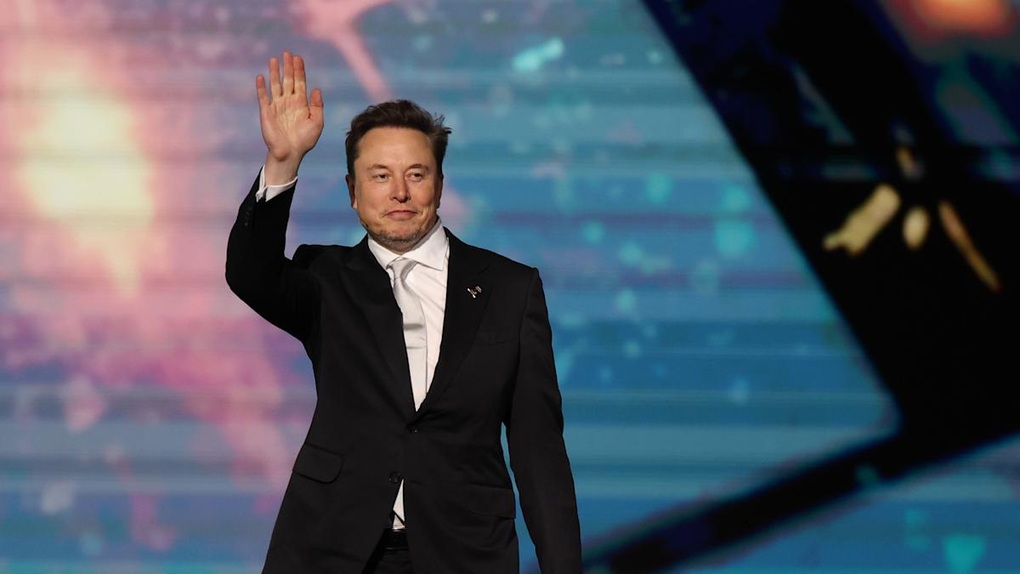
In contrast to Ellison, Elon Musk saw his assets increase by 35 billion USD between September 10 and September 12, bringing him back to the top of the Bloomberg billionaires list (Photo: Shutterstock).
The stories of Larry Ellison, Elon Musk and Oracle give us profound business lessons:
Long-term vision is key. Larry Ellison had a long-term vision, investing in cloud infrastructure many years ago, waiting for the right time for AI. He did not follow trends but created his own competitive advantage.
Every opportunity comes with risks. The $300 billion deal with OpenAI is a golden opportunity, but it also carries huge risks. A good financial strategist must know how to assess and manage these risks.
The market is looking for real value. The volatility of Larry Ellison's fortune shows that the market is not just fascinated by big numbers. Eventually, the market will return to the fundamental question: Does this business create sustainable value?
The race to the top is on, and AI bets are hotter than ever. But one thing is certain: wealth created in the blink of an eye can disappear just as quickly. The important thing is not to be number one, but to create lasting value and build a business that can weather any storm.
Source: https://dantri.com.vn/kinh-doanh/larry-ellison-giau-nhat-the-gioi-trong-mot-dem-mat-34-ty-usd-sau-48-gio-20250919235412799.htm



![[Photo] Solemn opening of the 8th Congress of the Central Public Security Party Committee, term 2025-2030](https://vphoto.vietnam.vn/thumb/1200x675/vietnam/resource/IMAGE/2025/10/4/f3b00fb779f44979809441a4dac5c7df)
![[Photo] Bustling Mid-Autumn Festival at the Museum of Ethnology](https://vphoto.vietnam.vn/thumb/1200x675/vietnam/resource/IMAGE/2025/10/4/da8d5927734d4ca58e3eced14bc435a3)
![[Photo] General Secretary To Lam attends the 8th Congress of the Central Public Security Party Committee](https://vphoto.vietnam.vn/thumb/1200x675/vietnam/resource/IMAGE/2025/10/4/79fadf490f674dc483794f2d955f6045)


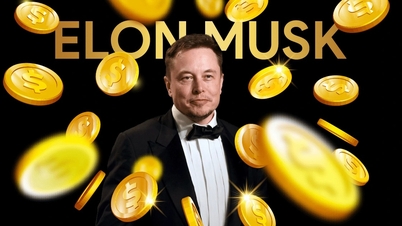
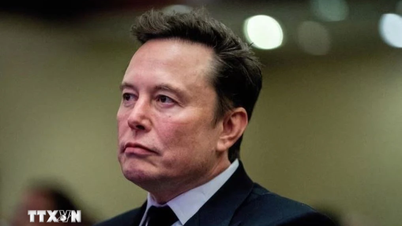




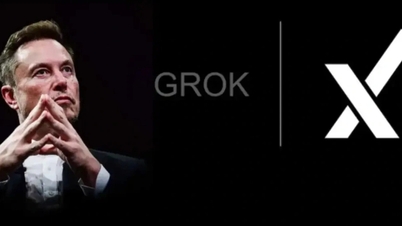








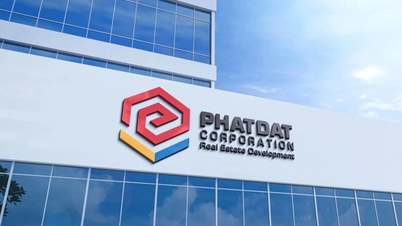

































![[VIDEO] Summary of Petrovietnam's 50th Anniversary Ceremony](https://vphoto.vietnam.vn/thumb/402x226/vietnam/resource/IMAGE/2025/10/4/abe133bdb8114793a16d4fe3e5bd0f12)

![[VIDEO] GENERAL SECRETARY TO LAM AWARDS PETROVIETNAM 8 GOLDEN WORDS: "PIONEER - EXCELLENT - SUSTAINABLE - GLOBAL"](https://vphoto.vietnam.vn/thumb/402x226/vietnam/resource/IMAGE/2025/7/23/c2fdb48863e846cfa9fb8e6ea9cf44e7)


















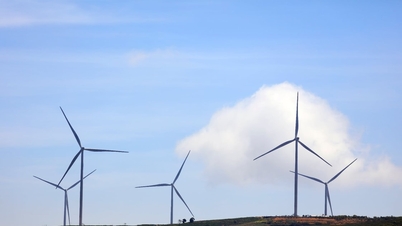













Comment (0)